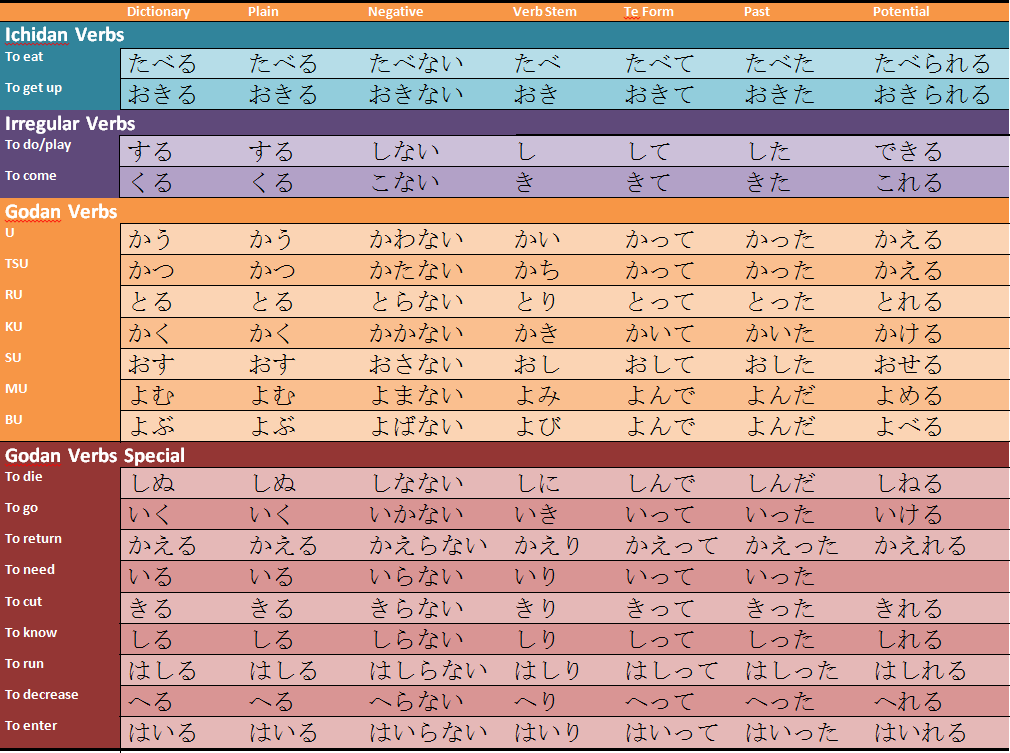I’ve looked a bit but is unable to find something helpful so apologizes if this was easy to find for you elsewhere.
The biggest mistakes I’ve been making is when to use a double consonant such as って and て, as well as した and しった
I haven’t been able to find every example but I noted a couple.
あの先生はこの問題をおしえてあげた and I put おしえってあげた
結婚したことがありますか and I put しったことがありますか
いってはいけない 。
This one I thought to put いけない but that’s my fault but I still don’t follow the logic to use って when it uses く
I know it’s happened for not just し but I haven’t come across it recently.
Is there a logic to follow/rule of thumb? Such as use わ to conjugate い.
I’ve been trying to locate a pattern but to me if feels inconsistent or I’m not just very observant.
Thanks in advance for any assistance.


